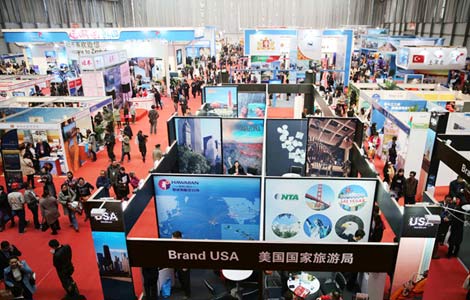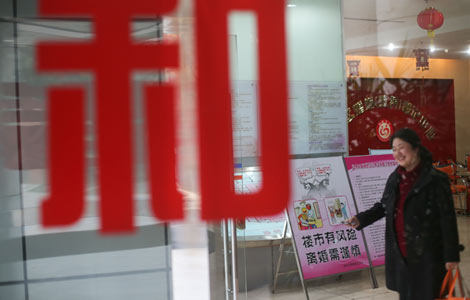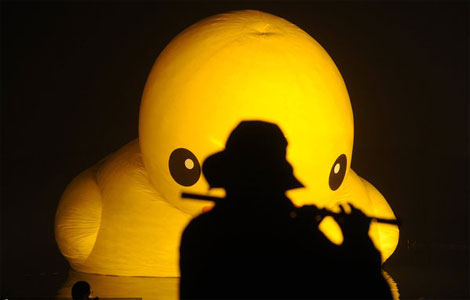
Researchers at Shanghai University say they have invented the first "smart window" that can save energy and generate electricity.
Up until now, smart windows and solar cells could not be combined into one device. But scientists have made a breakthrough thanks to a new vanadium dioxide film.
"A VO2 film can respond to the environmental temperature to intelligently regulate infrared transmittance while maintaining visible transparency, and this special optical property makes it an attractive material for thermochromic smart windows," said professor Gao Yanfeng at Shanghai University's School of Materials Science and Technology.
VO2, a crystalline powder, undergoes a reversible metal-semiconductor transition at a critical temperature of 68 C. It is insulating and transparent to infrared light below that temperature, but becomes metallic and reflective to infrared light above the temperature.
"Its characteristic of being transparent to infrared at low temperatures and resistant to high temperatures can make the rooms mild in winter and cool in summer, so people can rely less on air conditioning," Gao said.
A monthlong experiment at a house in Hefei, capital of Anhui province, in the summer revealed the smart window saves 50 percent of electricity through a reduction in air conditioning, he said.
Traditionally designed energy-saving windows, such as electrochromic, thermochromic and gasochromic, typically function by exterior stimuli involving either an electric field, heat stimulus or a gas.
"It's impossible to alter the optical performance, which involves intelligently passing or blocking solar energy in response to environmental changes," Gao said.
The other core technology of the VO2-based smart window is that it involves the solar cells but makes the glass still totally transparent.
Their solution is to place the solar cells around the glass panel and make use of the distribution of VO2 particles scattered in the glass to transmit the incident light to the cells.
"The generated electricity will mainly be used for emergency lighting, and experiments showed the generated output from a 5-square-meter smart window can reach 35 watts," Gao said.
Experts said building-energy consumption accounts for nearly one-third of all social energy consumption, and demand is high for new energy-saving building materials.
All provinces and municipalities have their requirements for the energy conservation of building glass, and most of the products are qualified in terms of light transmittance and reflectivity.
"Compared to common glass, which works as a protective screen, smart windows will work better regarding thermal insulation," said Zhang Shaosen, an expert of building glass working with Tongji Architectural Design.
"If such products are introduced in the market with large-scale applications, it will help reduce the energy costs of heating, cooling and lighting, and will cut down the emissions of carbon dioxide," he said.
Wang Xin, vice-dean of the United Nations Environment Programme at the Tongji Institute of Environment for Sustainable Development, said the designers of the windows should also consider the angle of the installation.
"The best angle to install such windows is certainly not vertical, because that will reduce the efficiency of absorbing sunlight," he said.
zhouwenting@chinadaily.com.cn








